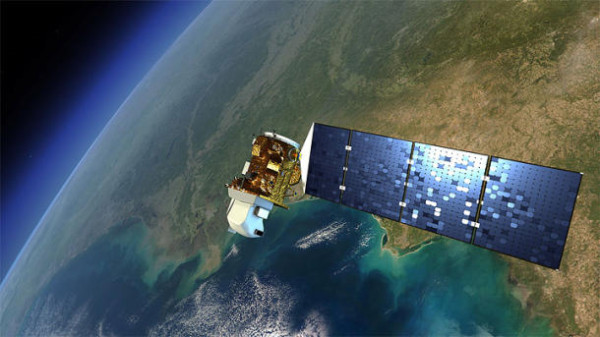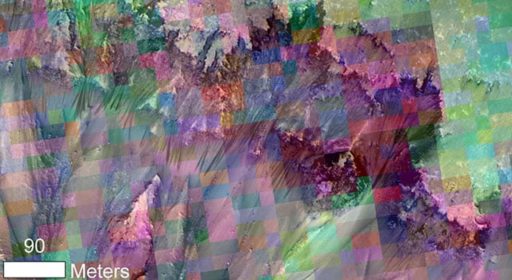NASA’s Earth Science program is focused on discerning climate changes by keeping a close eye on Earth’s environment. To this end, the space agency has launched a new satellite named Landsat 8 which comes equipped with better light and thermal sensors. The satellite was launched to space on February 11, at 1:02 p.m. EST.
Landsat 8 will enable NASA to measure a number of climate-related indicators accurately. For instance, the satellite can discern the density and presence of aerosols in the atmosphere, determine the position of cirrus clouds and even determine the quality of water in different water-bodies.
It can also gauge the rate of water consumption in different regions, allowing the environmentalists in its team to predict water availability in the future. All these studies by the satellite will enrich the Earth Science Program at NASA in many different ways.
Commenting on the launch of the new satellite, NASA Administrator Charles Bolden said, “Landsat is a centerpiece of NASA’s Earth Science program, and today’s successful launch will extend the longest continuous data record of Earth’s surface as seen from space. This data is a key tool for monitoring climate change and has led to the improvement of human and biodiversity health, energy and water management, urban planning, disaster recovery and agriculture monitoring — all resulting in incalculable benefits to the U.S. and world economy.”
We will have to wait for another 100 days before Landsat 8 can start delivering its earliest results.
Source: NASA
Courtesy: Engadget
[ttjad keyword=”solar-device”]



And the real reason for this?
NASA needs to be able to closely observe the effects of HAARP.
…possibly the most terrifying weapon yet devised.